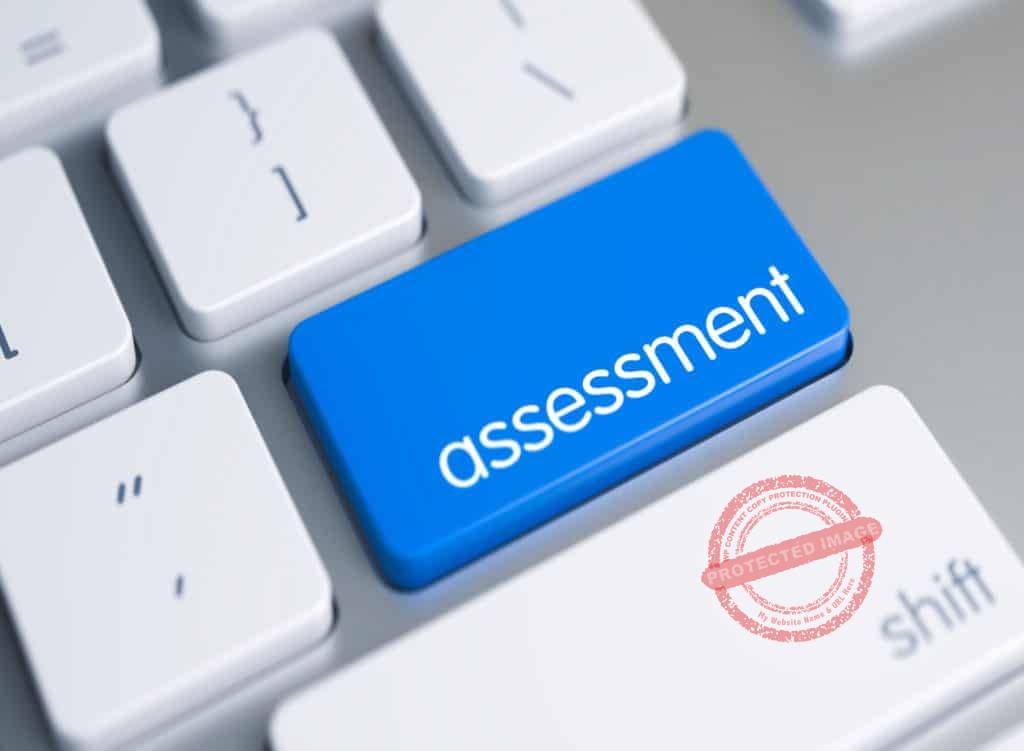Have you always wanted to become a business owner but didn’t know where to start? Do you want a comprehensive yet simple introduction to business?
You’d like to know what it takes to be your own boss.
You want to become a key business figure in the future but you don’t have the tools to do that.
You want your business to be recognized in the future but you don’t have the resources to make that happen.
Well, the reality is that starting a business doesn’t just require an understanding of basic financial principles.
Instead, it also requires understanding the non-financial or intangible aspects such as management principles, leadership principles, employee relationships, etc.
In other words, for this introduction, you need to understand the foundations of building a business.
This way, dealing with tangible aspects will be more meaningful.

In this article, you’ll get a head start by going through core business aspects.
This includes foundations, types, finance and marketing, and management.
You’ll learn what a business is and its role in society.
You will also learn how businesses get recognized by the public.
In addition to that, you’ll learn how to ensure that you’ll always be on top of your finances.
Finally, you’ll also get to know about leadership and people management.
Table of Contents
Introduction To Business Foundations

Many people understand ‘businesses’ as a ‘storefront.’
In other words, they view it as a place where an owner sits and waits for the day’s profits.
That’s partially true but is hardly ever the case.
When you start a business, you’re taking on a wide range of roles and responsibilities.
In this post, we’ll be introducing you to the important aspects of a business you need to know about.
What Is A Business?

A business is an organization or an economic system where products and services are exchanged in cash or in kind.
For a business to be functional, it needs to have customers who will buy its products or utilize its service in order to make a profit.
Although common knowledge tells us that a business can either be private, not-for-profit, or government-owned, there’s more to that classification.
What Is The Business Cycle?

The business cycle refers to the fluctuations in the production of products and services.
It also refers to its impacts on the economy.
There are four phases of the business cycle.
- Expansion– When the production of goods and services increase
- Peak– This is the highest point of the cycle.
Goods and services are produced at a level such that the economy is at its peak level of growth and output
- Contraction– When the production of goods and services reduces due to reduced demand
- Trough– At this point, the economy hits rock bottom and is already in recession or heading towards a recession.
This has a negative effect on the production of goods and services.
This is because it results in reduced spending and reduced demand for goods and services.
GDP is the collective market value of all products and services produced in a specific period of time.
Hence, the Business cycle affects GDP.

What Are The Impacts Of Business On Society?
On The Economy

There are three ways that your business impacts the economy.
- First is through the employment opportunities and wages you pay your employees.
If you pay them fairly, give them incentives and bonuses, and additional benefits to help them, you are causing a positive impact on the economy.
- Second, if you pay your suppliers on time and fairly for the supplies you purchase, you are positively contributing to their business.
This promotes the growth of your suppliers’ businesses, thereby, having a positive effect on the economy.
Their spending power is increased and their businesses have an opportunity to be profitable.
Profitable businesses pay taxes.
Tax contributions have a positive impact on the economy.
Tax money is used by the government to build infrastructure and provide incentives that stimulate the economy.
- Finally, if you price your products and services fairly, you’re giving your customers good value for their money.
Their spending power is increased, thereby benefiting the economy.
On Governance
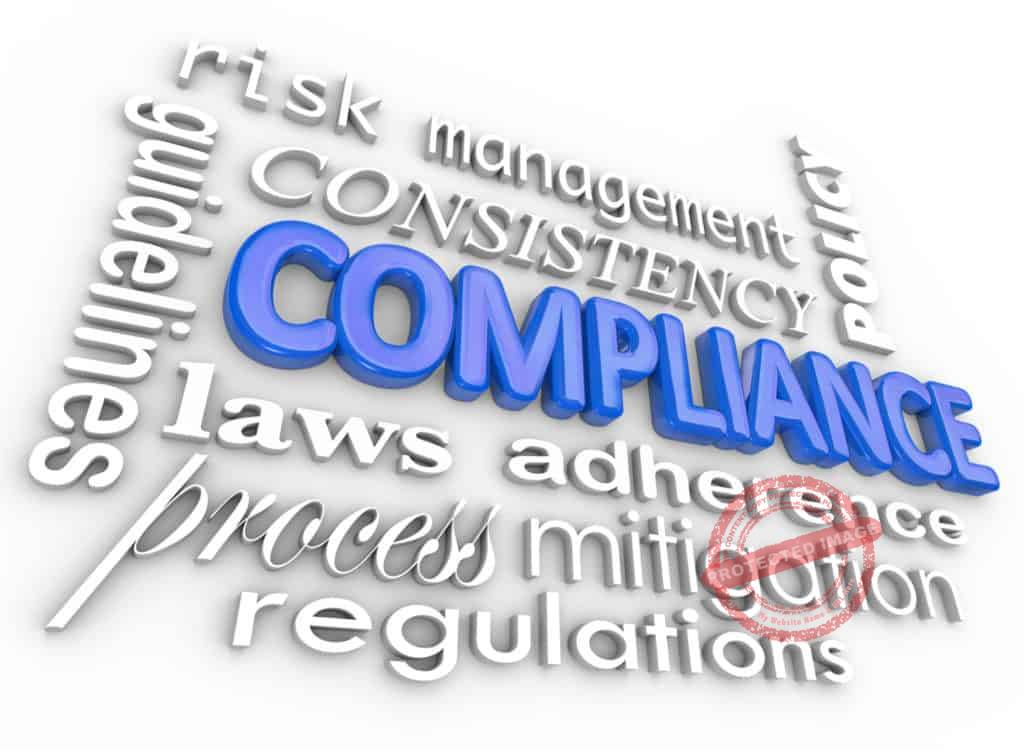
There are legal and regulatory measures in place in every society.
These measures ensure that every business conducts itself ethically and is compliant.
If your business is engaged in unethical practices such as bribery in order to secure permits or other benefits, you’re undermining the society’s ethical climate.
Furthermore, when you engage in accounting fraud, evade business taxes, or fix your prices.
Doing this does not only undermine the standards of governance in place, It also hurts your customers.
Chances are, they may patronize your competitors. This will then impact your business financially.
On Privacy

Some businesses successfully operate without even taking down a single name of their clients.
But for most, business efficiency is achieved by collecting client and supplier information.
Before this occurs there’s usually a non-disclosure or privacy clause attached.
However, if you intentionally or unintentionally breach this agreement, then you’re causing people to distrust your business.
Privacy is very important.
This is escalated by the fact that the Internet has ushered in more effective ways to collect, manage, and to store information.
Data breaches/leaks cause companies millions of dollars in addition to the loss of their customers.
Additionally, if you choose to sell your client or supplier information to a third party provider, you’re deliberately breaking the privacy rule.
If your business fails to protect information, this may create distrust towards your business as well as your industry as a whole.
On Intellectual Property

In this introduction, we will also talk about intellectual property rights in business.
They are in place in order to protect those who have original ideas and inventions.
If you’re a business, there’s a high chance that you’ll need to use something that’s intellectually protected.
The rule you need to abide by is simple; respect others’ creations.
Do not break the law intentionally.
Do not assume ownership of what’s already patented, trademarked, or copyrighted.
It undermines the work of an individual or a group.
The effect of not respecting intellectual property on your business is distrust.
If discovered, you risk hurting your brand’s image.
You also risk everything you’ve worked to achieve in the process.
It is important to respect the bounds specified by intellectual property laws.
This would ensure that your business will be viewed as respectable.
Besides, you can always create something proprietary for your business.
On The Environment

Just like households, businesses also have their share of the things that hurt the environment.
Some of this includes
- Carbon monoxide emissions from vehicles,
- toxic wastes from chemical and medical laboratories
- Wastes going into landfill from businesses
As a business owner, you can impact society positively.
Do this by implementing measures to reduce your operation’s impact on the environment.

Governments are now stepping in to provide incentives to companies who implement green initiatives.
So, if you think that you’re not yet capable of doing something ‘green,’ then at least make a contribution to the cause.
Business Types

Business involves a certain structure.
This structure dictates how businesses are organized in order for them to be functional societal institutions.
And because they are institutions, they have their own obligations to society.
One of these obligations is paying taxes; something that’s greatly affected by the kind of business that you have.
What Are Business Types According To Interest?
- Service

These are businesses that may have physical stores but may not have tangible products to sell.
Instead, what they offer customers is an experience-based product collectively called ‘services.’
Businesses that fall under this form commonly offer advice through
- consultation
- training and development,
- professional skill offerings,
- skills expertise,
- and more.
Salons, law firms, schools, training centers, accounting firms, and consulting firms are examples of this type of business.
2. Merchandising
The businesses under this type are often referred to as buy-and-sell companies.
What they do is to purchase physical products at wholesale prices and re-sell them to customers at retail prices.
These businesses operate under the B2B (business-to-business) and B2C (business-to-consumer) models.
- Business-to-business involves businesses selling to other businesses.
- Business-to-consumer involves businesses selling to consumers directly.
Examples of businesses under this are grocery stores, shopping malls, distribution centers, and other types of resellers.
3. Manufacturing

Manufacturing businesses buy products at wholesale prices for the purpose of using them as raw materials in order to create sell-able products.
As such, a raw material undergoes a physical change in the manufacturing process.
A manufacturing business combines key factors in production, which includes labor, machinery, raw materials, and factory.
4. Hybrid
They are businesses whose intent brings all the three types of businesses mentioned above together.
Meaning that somewhere along the way, they end up providing a service, selling merchandise, and engaged in manufacturing.
A good example of a hybrid business is a restaurant.
Restaurants are primarily engaged in providing dining services.

However, on top of delivering such service, they also engage in merchandising in terms of the items they place on the menu.
They also do manufacturing if they choose to create in-house products that tie to their brand.
In any case, a business is primarily classified based on its primary interest.
That is, what it originally set to achieve or to provide its target customers.
What Are The Business Types According To Ownership?
Sole Proprietorship
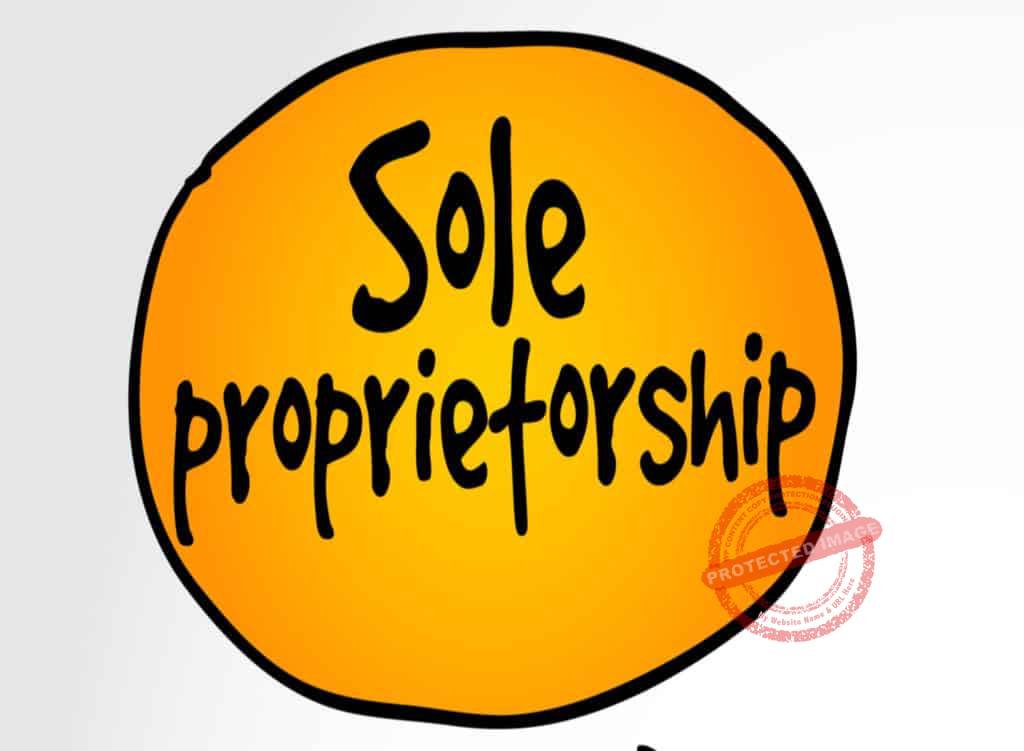
Under this introduction to business, you should understand the types of ownership too.
A sole proprietorship is a business that is owned only by one person.
It is easy to set up and is not as costly as the other types.
Also, because it is owned by only one person, decisions in this business do not need to go through an approving body.
Most small businesses fall under this type.
The idea of a single individual owning a business seems simple. However, the owner is faced with what is called ‘unlimited liability.’
This means that if the business fails to pay its creditors or suppliers, they may go after the owner’s personal assets in order to collect payments.
Partnership

This is a business owned by two or more individuals.
The more common type, this often characterizes startup companies.
Since the owners often invest equal contributions to the business, they can divide the business revenue among themselves.
The liability that comes with this type of business depends on the form of partnership that is created.
In general partnerships all partners have unlimited liability.
On the other hand, limited partnerships mean that creditors do not have the right to go after any of the limited partners’ personal assets.
Corporation
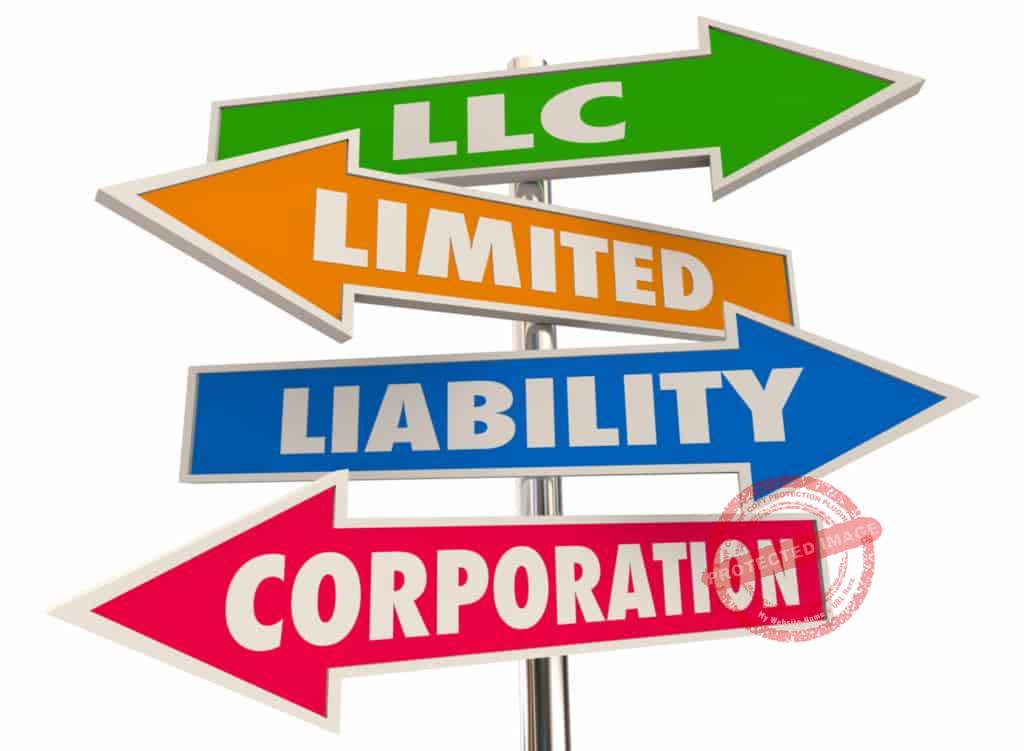
Bigger businesses or those that are publicly-traded are often large corporations owned by multiple individuals or groups.
Corporations have a separate identity from their owners.
The ownership of corporations is determined through the amount of capital that a co-owner invests in a company.
This amount of capital is called a ‘share’ or a ‘stock.’
Often, people generalize that the more money a stockholder invests in the company, the greater the control he or she has over decision-making.
That’s hardly the case.
Note that corporations also form their board of directors, which is a representation of the stockholders.
Major decisions are put into a vote, and whichever option gets the most vote, it’s the one that gets implemented.
Cooperative

This is a type of business formed by single or multiple individuals for their mutual benefit.
Often, that benefit involves accessibility in terms of money.
Credit unions are a perfect example of businesses classified as cooperatives.
In terms of profit-sharing, all members get an equal share, depending on the revenue of the business.
In terms of decision-making, members get equal influence where they vote and the majority wins.
A cooperative can either be unincorporated or incorporated.
If a cooperative is unincorporated, the law makes no distinction between the organisation and it’s members.
If it’s incorporated, then it has a separate identity and rights from its owners.
Limited Liability Companies
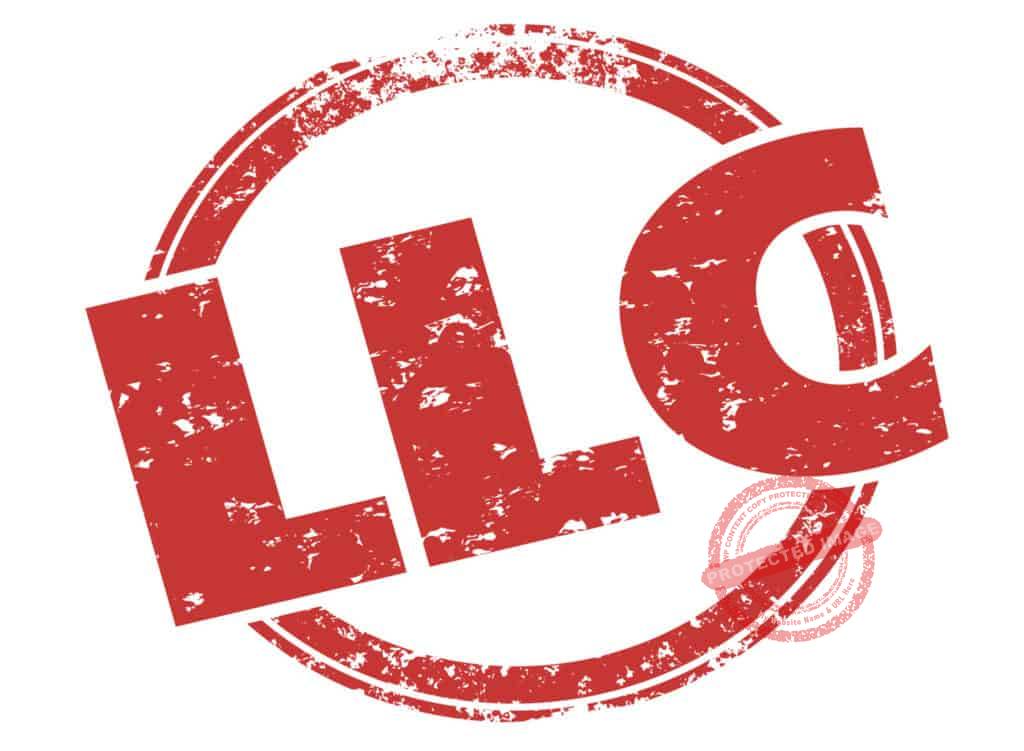
Often referred to as LLCs, these are hybrid businesses that combine the characteristics of partnerships and of corporations.
In terms of liability, LLC owners have limited liability; they are not personally liable for the company’s debts.
What Is The Business Growth Rate?

Another factor worth understanding under this introduction to business is the ‘Growth Rate’.
It is defined as the quality and quantity of change of a certain variable within a given time frame.
It is commonly expressed as a percentage.
The growth rate of a business is assessed by using a lot of factors derived from many sources.
Often, these factors and sources have specific benchmarks as points in comparison.
The factors being measured include earnings, revenues, and dividends.
Concepts such as Gross Domestic Products or GDPs are also measured.
Often, the growth rate is analyzed in order to forecast a company’s future performance.
Comparatively, growth rates are also dependent on the type of industry where a business falls under.

So apart from measuring a company’s cash or sales flow, earning, and book value, analysts also consider whether a business belongs to a new, growing or a mature industry.
Technology companies are considered to fall under the growing industries because of the fast-paced nature of innovation.
On the opposite side, retail is considered a mature industry.
Under introduction to business, you will also learn about various growth strategies.
So, if your business is looking for the potential to grow, you can design a growth strategy such as the ones below.
Business Growth Strategies
Market Penetration

You can use this growth strategy if you want to get a better market share.
Market penetration here involves going into an existing market and taking market share away from your competitors, i.e attracting customers away from your competitors.
Because your goal is to gain and increase your market share;
You need to make sure that by implementing this strategy, you get a higher percentage of dollars for your product or service versus all of your competitors within that market.
You can also try increasing repeat purchases from the customers you gain.
A common market penetration strategy that businesses employ is lowering their prices.
But note that lowering your prices have to be in line with your business’ current financial health, your competition, and regulatory policies.
Advertising and Promotion are also used in this phase to take market share away from the competition.
Market Expansion

Also called market development, this growth strategy involves selling your current products and services to a new market.
For you to decide on whether or not expansion is your ideal track, you need to evaluate if there’s still room for growth of your business in your current market.
Have the existing sales opportunities in your current market been maximized?
If the answer is Yes then you should consider Market expansion as a strategy
Is you business still growing in your current market, are your customers numbers still increasing?
If the answer is No then you should consider Market expansion as a strategy
When exploring market expansion as a strategy, you need to evaluate if your current products or services are beneficial to your new target market.
Product Expansion
Also called product development, this strategy focuses more on your product offering than your target market.
For instance, your investment in research and development might have yielded a conclusion that by adding X to your current product or service, you can offer more value to the market.
Product expansion is ideal as new technologies and concepts emerge.
This is because only then can you figure out ways to enhance the features and benefits of what you’re offering.
Diversification

Risky at best, diversification involves selling a new product or offering a new service to a totally new market.
This is a strategy that needs validation from research to ensure increase in market share.
Acquisition
Although not as risky as a diversification, research and assessment are still needed if you’re planning to acquire another business.
Similarly, you need to do research if another business has expressed intention in acquiring yours.
Acquisitions help you expand into new markets and pick up bigger market share.
The market belonging to the company you are acquiring or vice versa becomes yours.
Their technologies and skills sets also become yours.
This means you have a new range of products to sell and potentially a whole new market or/ and a bigger market.
In addition to the growth strategies above , you should also note in this introduction article, that growth in your business can either be organic or rapid.
Organic Growth Strategy

In this strategy, a company uses all of its resources without borrowing to grow and expand the company.
Because the company is limited to it’s own resources, it is forced to become more efficient and to make more informed decisions.
How Are Businesses Taxed?

When it comes to how the different types of businesses mentioned above are being taxed, the principles are simple.
First, if you’re a sole proprietor, a partner or operating an LLC (Limited Liability Company) as a sole owner or as a partner, you will be taxed like an individual taxpayer.
This means that whatever your business earns within the tax period, it will be added to your personal income as a personal taxable income.
This tax schedule varies from country to country.
In some countries, one person LLCs are treated separate from the company and taxed separately.
Second, if you’re operating a corporation, then you will be taxed according to the applicable tax schedule in your country.
Common types of taxes should you learn about in this business introduction article
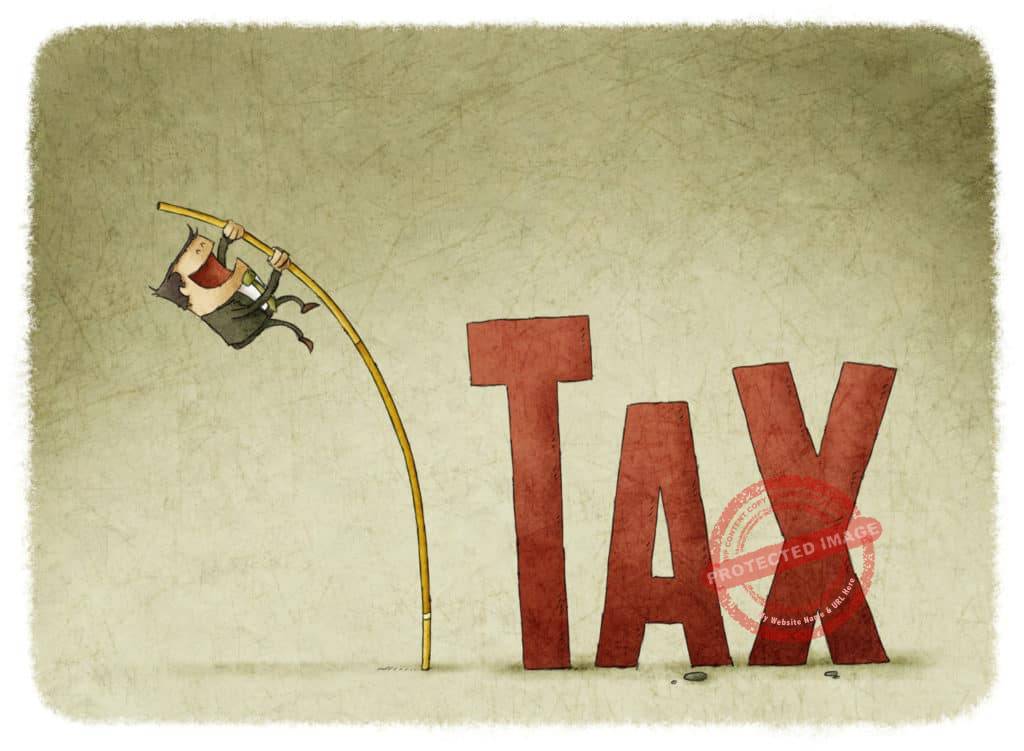
Be aware that the tax law for each country is different, therefore, some of these taxes may not apply in your country.
- Income Tax: The tax you pay based on your business income.
- Sales Tax: This is tax customers pay when they purchase goods or services. This tax is set as a percentage of the goods or services purchased. This tax is collected by businesses from their customers and remitted to the appropriate tax authorities.
- Property Tax: This is tax levied on real estate property owned by your business.
- Excise Tax: This is government tax on specific goods that may harm the consumer or the environment e.g fuel, tobacco, alcohol.
- Self-Employment Tax: This is tax paid by sole proprietors and partnership businesses in the US to fund Medicare and Social Security.
- Payroll Tax: This is the tax you pay based on the gross income of your employees. This is a percentage of the gross salaries that your business pays employees. This tax is withheld by employees and paid to the appropriate tax agency on behalf of employees.
- Gross Receipts Tax: This is tax applied to a business total sales without deducting costs.
- Franchise Tax: This is tax imposed by some states in the US on businesses for the privilege of incorporating or doing business in the state.

The type of business that you own affects the way that you’re being taxed and the industry that you fall under affects your tax rate.
Regardless, there are different stipulations when it comes to business taxation that you should read about as these differ from country to country
Under this introduction article, you are advised to read them so that you’ll understand your business obligations.
Business Marketing

When you’ve created the foundations of your business, then you’re ready to introduce it to the public.
As you take steps to do that, you’re already engaging in marketing.
Marketing is a collection of actions meant to sell or to promote your products and/or services to your target audience.
Such promotion or selling includes advertising and market research.
What Are Your Essential Business Properties That Impact Marketing?

Your business assets are things about the business that you own.
No one can own them but you.
In this regard, it’s essential that you create or acquire properties that accurately reflect your business and communicate your offering.
Here are some of those that you can build.
Business Name

This is your business’ primary identity.
But nowadays, having only a business name isn’t enough.
You need the rest on this list so that you can start to market.
Business Logo
This is your brand identity which is recognized in the absence of your business wordmark.
Business Tagline
This is your business’ eye-catching element.
Make it striking so that it resonates with your audience.
Unique Value Proposition
This is your business’ key differentiator.
What do you have to offer that sets your business apart from your competitors?
Business card
Your business card is an extension of your business identity.
It helps you establish credibility.
Business Stationery

This includes your letterhead and your envelopes.
All business-related documents should have your business name and your business logo on them.
Business Website.
This is critical business property.
Particularly these days that people go online first before actually visiting a storefront.
Business Email Address
Provides an easy way for you to communicate with your audience.
Get a customized domain instead of settling for generic domains like @google.com, @hotmail.com, etc.
Social Media Channels
Provides an additional and an alternative way for people to discover and to reach out to your business in places where they are more likely to hang out in – Social Media.
What Are Your Essential Business Marketing Collateral?

Part of your business introduction will also involve learning about business collateral.
Your business collateral are promotional and advertising materials that you can create in order to start marketing your business.
Whereas your business properties do not need to be necessarily tangible, your business collateral can take a physical form.
Here are some of them.
Brand Guide
This is your business manual, and it contains the rules when it comes to branding your business.
Flyers And/or Brochures
You need a short-form material that captures your business offering and highlights the benefits that customers can get from doing business with you.
Product Or Service Catalog

If you’re running a business that periodically changes inventory or has a lot of inventory or service offerings, having a catalog ready is a must.
Banners And Banner Stand
These are practical advertising materials that you can display anywhere at any time.
Business Merchandise
These are effective ways to penetrate your target market as they provide something useful to your audience.
What Marketing And Advertising Media Should You Tap Into?
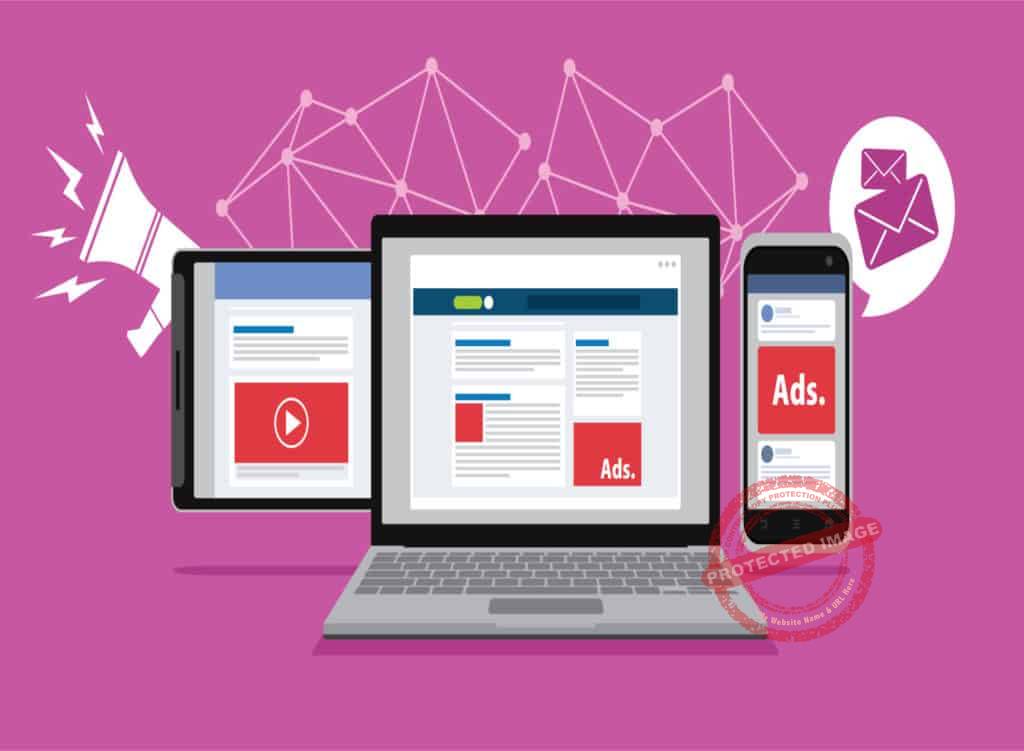
In general, there are two marketing and advertising media you can tap into.
They include offline and online marketing or advertising media.
Here’s an overview of the channels found under each medium.
Understanding these under business introduction is key as well.
Marketing And Advertising Channels
Print: Newspapers, magazines, billboards, posters, and other printed materials.
Radio: A lot of people are streamlining audio and video nowadays but they’re still a great avenue for marketing and promotion especially if you get invited over as a guest.
Television: Partly digital and partly-offline, televisions potentially reach a wide array of audiences from anywhere.
Direct mail: You can also do mail drops or send flyers, brochures, catalogs, etc. to your target audience.
Just don’t overdo it.

Telemarketing: When you decide to hire a telemarketing team, don’t ignore existing laws that protect consumers.
Conduct your telemarketing efforts with due diligence.
Search Engines: Google, Bing, and even websites that offer search engine experience are ideal for you to market or to advertise your business.
Social Media: The social media industry has seen a great leap forward and is now one of the major platforms for marketing and advertising.
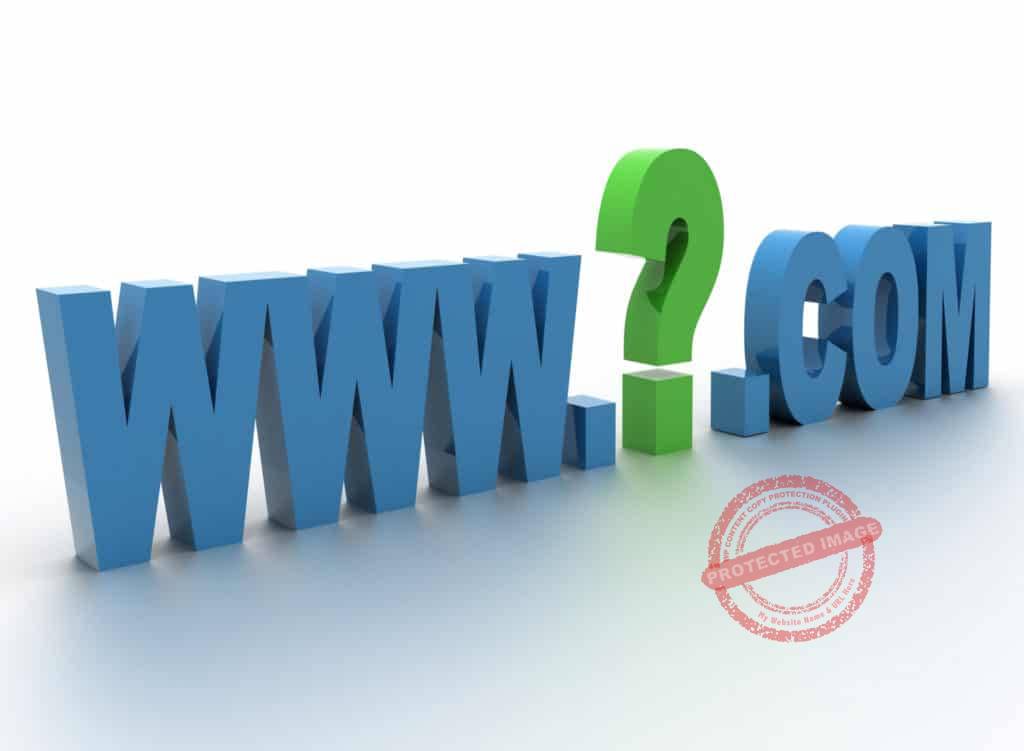
Websites: Some website owners, especially those engaged in Affiliate Marketing, design their websites in order to optimize ad display.
You can work with these people as they often have a decent number of followings and authority.
Email: Racking up those subscribers give you a higher chance of designing a more personalized marketing strategy.
Mobile Marketing: Until recently, mobile marketing hasn’t been the norm.
But now, businesses are realizing the impact of designing marketing and advertising strategies that suit a mobile audience.
This is because more people now go online through their mobile devices rather than using a desktop or a laptop.
So how do you integrate your business properties, business collateral, and marketing and advertising platforms?
Let’s take a look at some of the strategies that you can implement.
What Offline Marketing Strategies Can You Implement?
Networking

There’s immense value in face-to-face interaction because people will be able to put a face into a business name.
Build a network not only for the purpose of reaching out to potential customers through referrals but to strengthen your credibility as a business owner.
It also pays to have like-minded individuals around you.
Speaking Engagements
One trait high-achievers possess is that they’re not ashamed to promote themselves and their business.
If you choose to take speaking engagements, you’re placing yourself before a highly-targeted audience who have primed themselves to listen to what you have to say.
On top of that, you’re introducing yourself as a leader in your industry by demonstrating your expertise.
Print Publications

The key is to obtain competitive placement on the pages of printed publications.
Your intention should not just be securing ad space but also to showcase your expertise.
Then again, remember to be selective and only opt for publications that have authority and credibility.
Trade Shows
You can supplement your networking efforts by attending local and national trade shows.
This allows you to showcase your products and to discuss your service with prospective customers.
Also to have them test it or taste it, get a freebie for it, and bring home marketing collateral with them.
Charity Donations And Community Involvement.

You can achieve this by sponsoring your local team, making a donation to your local charity office, or by you are placing your business in a positive context that can equally lead to positive stories.
Guerilla Marketing
Call it unconventional but guerrilla marketing yields unexpected results.
For example, you can leave sticky notes or business merchandise ‘accidentally’ in both random or targeted places.
You can also donate your products to local groups or organizations, you can volunteer to paint a bare wall by the sidewalk, etc.
Business Card Distribution

As a business owner, this is one thing that you should start to do regularly.
Whenever you get the chance, and the right context, remember to leave or to drop your business card.
You just don’t know who needs your product or service now.
You also don’t know whether someone will need them in the future, or if someone is looking for other businesses to pursue something with.
Media Giveaways
There are people and businesses who are looking for other organizations to donate merchandise as giveaways or prizes.
You can work with them to help get your product out there.
In doing so, you’re utilizing their pipeline and following to receive more attention for your business.
Online Marketing Strategies That You Can Implement
Content Marketing
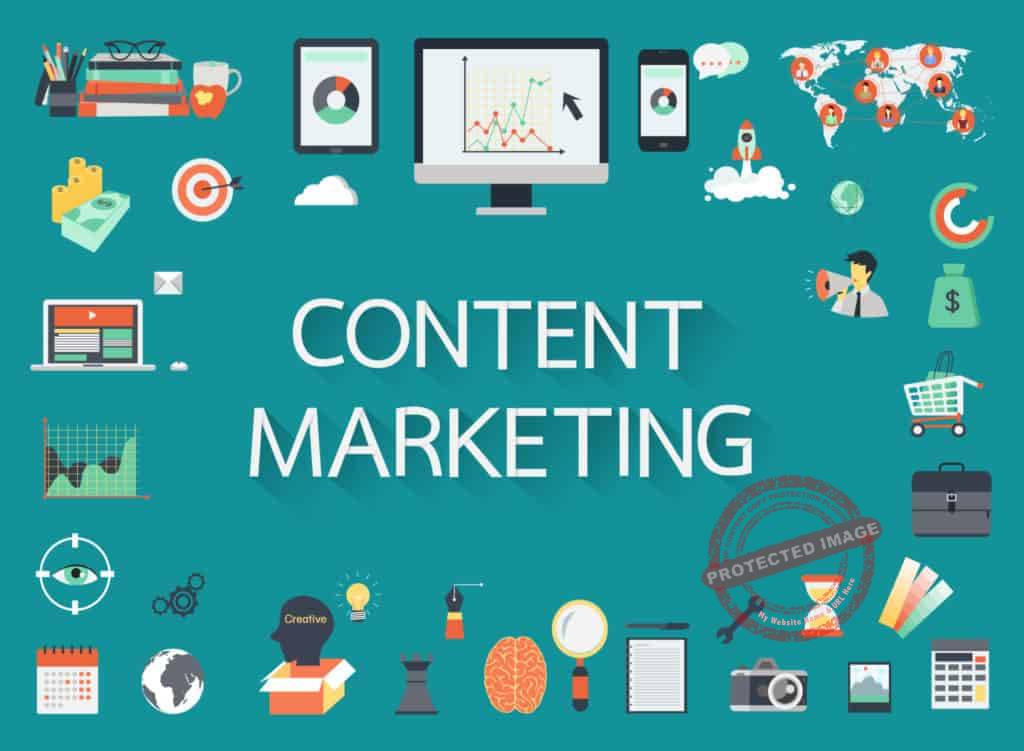
There is a myriad of content types that you can write to achieve various purposes.
You can write an eBook to showcase your expertise or create videos to demonstrate your proficiency.
You can release white papers to showcase your market knowledge.
Also, you can simply maintain a business blog page to talk about something relevant that benefits your customers.
Search Engine Optimization
SEO is all about navigating the world of search engines in order to achieve top rankings.
When you create an SEO strategy, be aware of Google or Bing’s policies and recommended ways to achieve traffic and rankings without being penalized.
Also note that your website content, social media content, and all other contents that are linked to your business should support your SEO efforts.
Social Media Marketing

Here is where you harness the power of social media in order to communicate with your target market.
The key is to build your following and to nurture the relationship you build with your followers in order to eventually have an engaged social audience.
How?
Through the provision of useful content.
You don’t have to post something daily, and when you do, make sure that it appeals to your followers.
Email Marketing
You can execute email marketing from a next-to-nothing budget.
The key is to collect as many subscribers as you can and figure out ways in order to stay within their consciousness.
Online, you’ll find a lot of proven strategies that you can implement in order to start building your email list.

From that list, you can design a funnel in order to identify who has the greatest potential to convert as paying customers.
Personal Branding
This is all about building your public persona as a business owner.
Don’t be ashamed to showcase what you know about your business’ industry and to express bold ideas involving your products or services.
Notice how people who have successfully positioned themselves as thought leaders enjoy more business patronage.
Webinars And Podcasts
This can be your own version of a talk show where you identify a gap in your industry.
By doing this you also create an opportunity to fill that gap and offer your product or services in order to effectively bridge that gap.
Paid Advertising
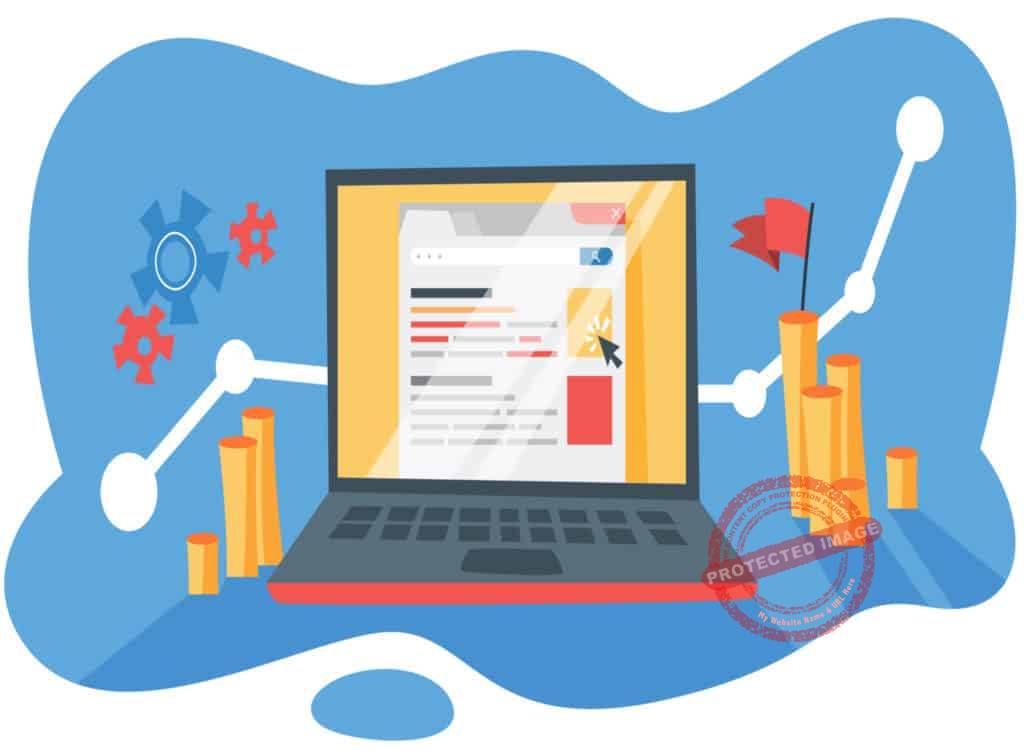
Just as you’d pay for ad space on print, radio, or television, you’ll also need to pay to receive exposure on the digital space.
Your options are Google AdWords, YouTube Advertising, Facebook Advertising, Instagram Advertising, LinkedIn Advertising, and Twitter Advertising.
You can also check Bing’s advertising platform.
Business Finance

Finance is another aspect of the business world that we will look at in this introduction to business article.
Now that you’re well into marketing and into advertising your introduction to business, the next of your concerns may be how to keep your business afloat.
The saying goes, “if marketing is queen, then cash flow is king”.
That holds true because cash flow is the lifeblood of any business.
It keeps suppliers and employees coming, and it gives you the possibility of engaging in growth-oriented ventures.
What Do You Need To Know About Cashflow?

Cash flow is essentially the amount of money that flows in and out of your business.
Cash comes into your business through the sales of your products and bookings for your services.
It also comes in through loan proceeds, asset sales, and your own investments as well.
Oppositely, cash goes out of your business through expenditures, payments, purchases, and other forms of debits or withdrawals.
The Categories Of Cashflow
Now, you can categorize both the inflow and outflow of cash in and from your business into operating cash flow, investing cash flow, and financing cash flow.
Operating cash flow covers your sales and business expenditures. This is the cash generated or spent by your normal business operations
Investing cash flow is cash flow generated or spent through investment activities. This includes cash generated by the purchase of and sale of assets.
Financing Cash Flow is cash flow used to finance a company. This is typically cash flow movement from the owners, investors and creditors of the company.
The Types Of Cashflow
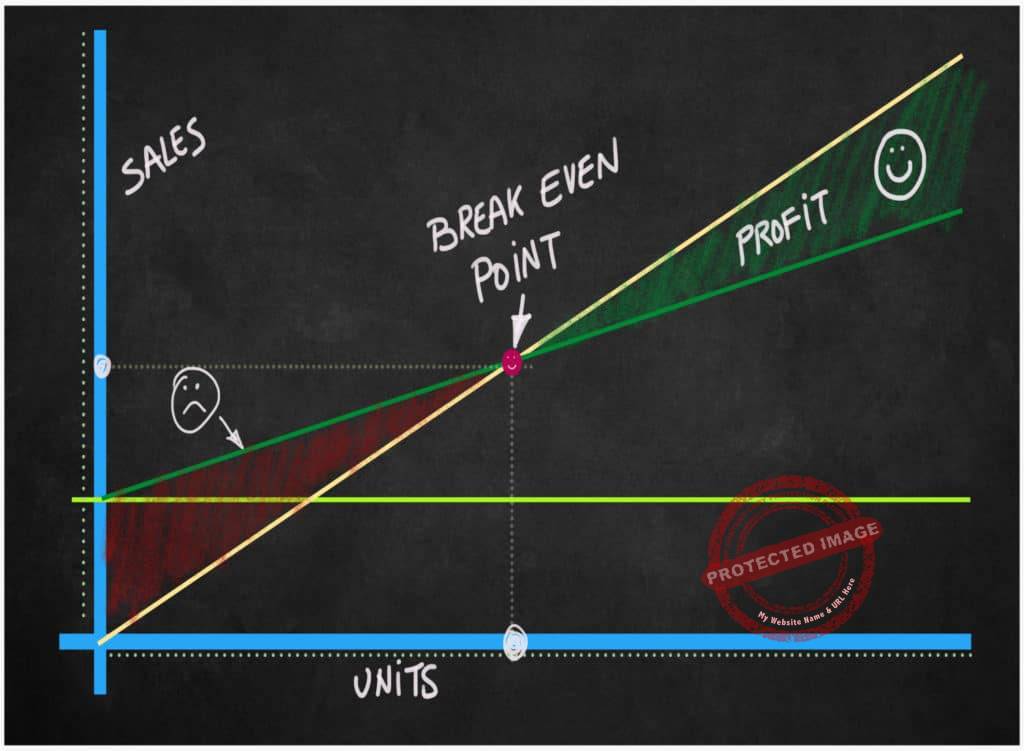
There are three scenarios that you would expect when it comes to cash flow.
First, it can be positive when the amount of money entering your business is greater than the amount of cash going out.
Second, it can be negative when the amount of outgoing cash is greater than what’s coming in.
And third, both the inflow and cash flow have equal amounts – a term described as ‘breakeven.’
While many owners claim that they’re on a breakeven point in their business, it pays to actually see what the numbers exactly tell you.
You might be assuming that you have an equal amount of inflow or outflow when you’re actually losing money.
So in this introduction to business article, there are two types of statements in business that you should be looking at.
The first is your cash flow statement and the second is your profit and loss statement.
Statement Types
Cashflow Statement.
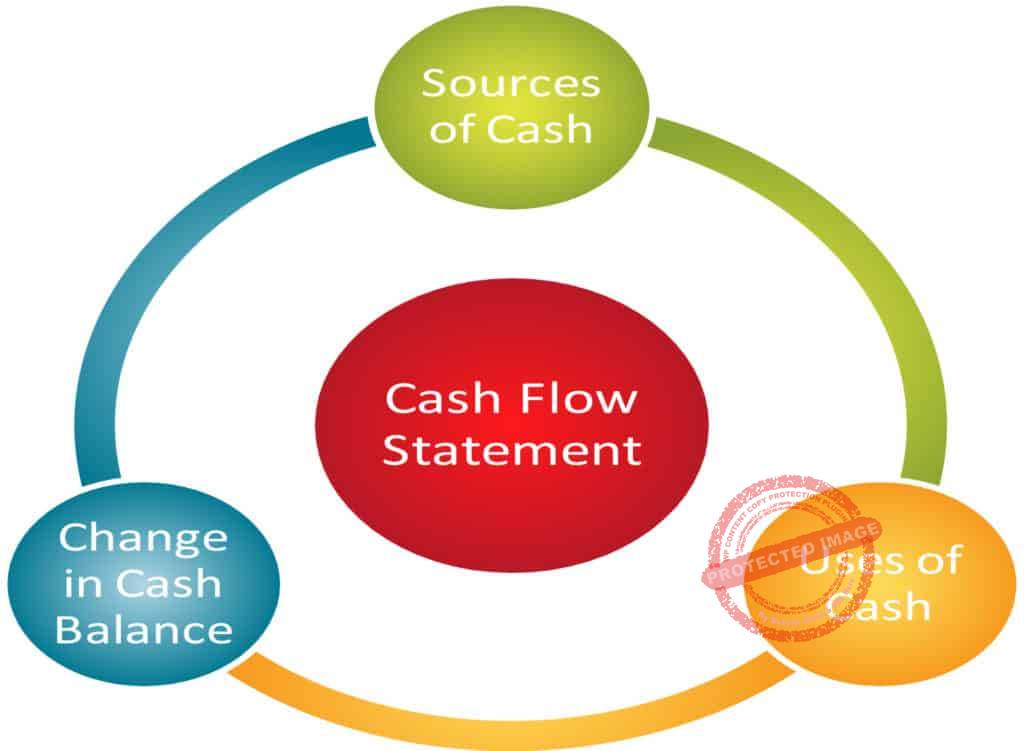
This is a financial statement that tells you how well your business is managing its cash position in a given time period.
Meaning, it tells you your business’s ability to generate enough money to pay for the outgoings based on a specific time frame.
The cashflow statement tells you all the cash your company receives in a certain period from its operations and investment activities.
The cashflow statement also tells you all the cash your company spends in a certain period on business activities and investments.
The statement tracks cash made by your business in three major ways,
- Operations
- Financing
- Investments
These cash metrics are key indicators of how well a business is doing and what the value of the business is.
Now, to measure your net cash flow in a period, all you need to do is to subtract your outgoing cash flow from your incoming cash.
Ideally the outcome is a positive cash flow amount. This means that your outgoings are less than your income.
Profit and Loss Statement.
This is a financial statement that tells you the amount of costs and expenses and revenues that your business generates in a specific period.
This helps you analyze whether or not your business is in a position to generate profit either by reducing your expenses, increasing revenue or both.
So how do you use the cash flow statement and the profit and loss statement to help with your business finances?

It’s simple.
If you want to make sure that you still have enough cash to pay your suppliers while waiting for payments from your customers, use your cash flow statement.
If you want to know how the inflow and outflow of cash can help your business generate profit, look at your profit and loss statement.
Note that there are other types of financial statements you need to know about ; however, starting with these two will help you understand the rules of money when it comes to keeping your business in a healthy operational state.
Useful Cashflow Tips
You Can’t Control What You Can’t Measure.
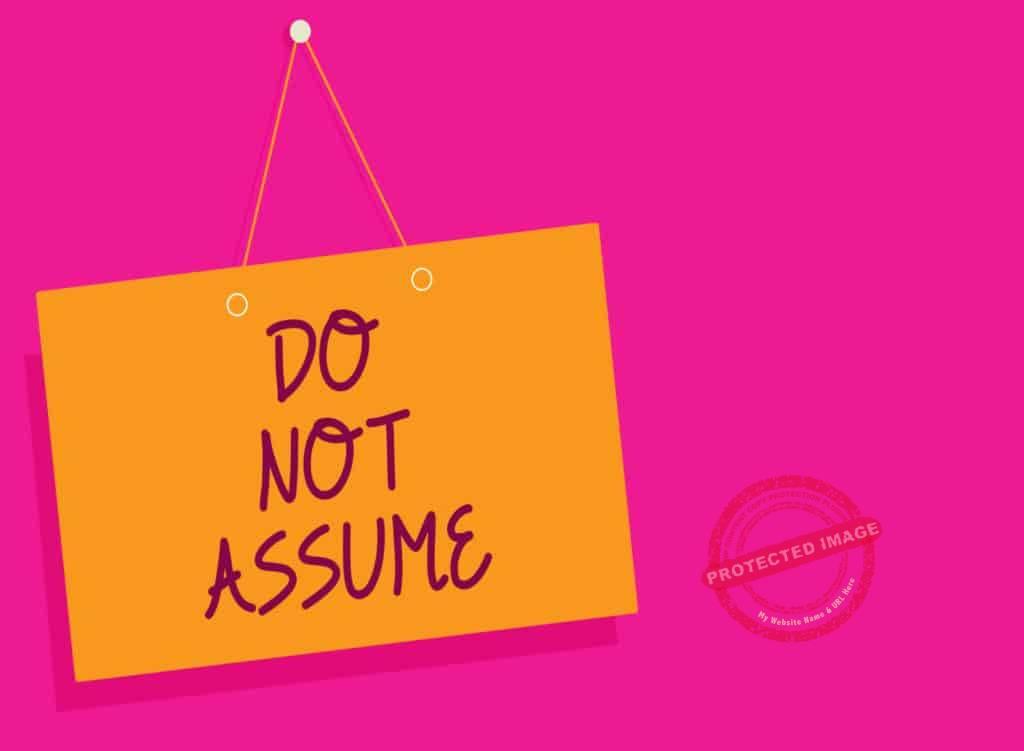
You’re talking about money.
So, any decision that you need to make about it must be backed by quantifiable data.
Avoid guessing or working based on assumptions.
Always Categorize What You Spend.
Everything that you spend that goes to your business, and every purchase you made using your business account must be tracked.
You should know how much money you’ve used and what it is for.
When you categorize, be honest.
Do not spend your business credit card to shop for your clothes and then categorize them as ‘uniform.’
Your business won’t get mad at you for doing that but your accountant will.
Create A Benchmark Based On Your Industry.
It pays to know how much your competitors are spending on something.
Also, devise ways in order to not spend beyond that amount or not to underspend based on that benchmark.
There are reasons why industry benchmarks are created.
One of those is that it tells you that know much businesses are willing to spend in order to accomplish something.

When you create a benchmark, do not simply copy your competitors’ spending.
Instead, take time to analyze where you want to be and where you are now.
This would help you figure out the right mix of spending for your business.
Always Think Of Your Bottom Line.
To do that, micromanage how you spend.
Be a control freak and monitor where every cent of your business money is going.
If you’re the best at budgeting for your personal needs, then this is the right time to bring that skill to your business table.
Unless you’ll be subject to a windfall event, then you know better than to keep on spending on something that won’t really help your business create additional revenues.
Business Management

This is the people-oriented part of this introduction to business article.
Here, you’ll see the importance of people management when it comes to taking your business to the next level.
Although there are a lot of topics devoted to people management in business, let’s focus on the most important; leadership.
What Are The Skills Of A Good Leader?

In order for you to build your leadership team, you need to know what you’re looking for.
The suggestions in this section should only serve as your reference because your business will have unique people’s needs.
Sound Decision-making
A leader must be able to make sound decisions that benefit a business regardless of the business climate.
You should make the sound decisions as a result of analyzing the facts, weighing in on investor and industry sentiments, the current position of the business, to name a few.
Conflict Management
Conflict management is not only important in keeping the business workplace peaceful.
It’s also essential in controlling employee turnover.
An acceptable turnover rate helps businesses save money associated with talent acquisition and training.
Immersive Management.
Gone are the days when people up above the echelon rule from a distance.
Nowadays, immersive management is important.
This involves a situation where no matter the individual’s rank, he should be involved, and employees also have an input in company decision-making.
Motivating People

Effective leaders know that in order to achieve business goals, they have to know how to motivate staff with or without the money.
There are only a few people in the world who are born with the ability to motivate individuals.
However, it is important to know that this is also a learnable skill.
Empathy And Selflessness
Leaders have the ability to relate to their peers and their subordinates.
At the same time, they can make sure that the latter’s behavior is still aligned with the company goals.
They need this ability to walk in someone else’s shoes so that employees will feel that their welfare is important to the business.
As a business owner, you know that without your employees, you can’t be fully functional as a business entity.
Challenger Of The Status Quo
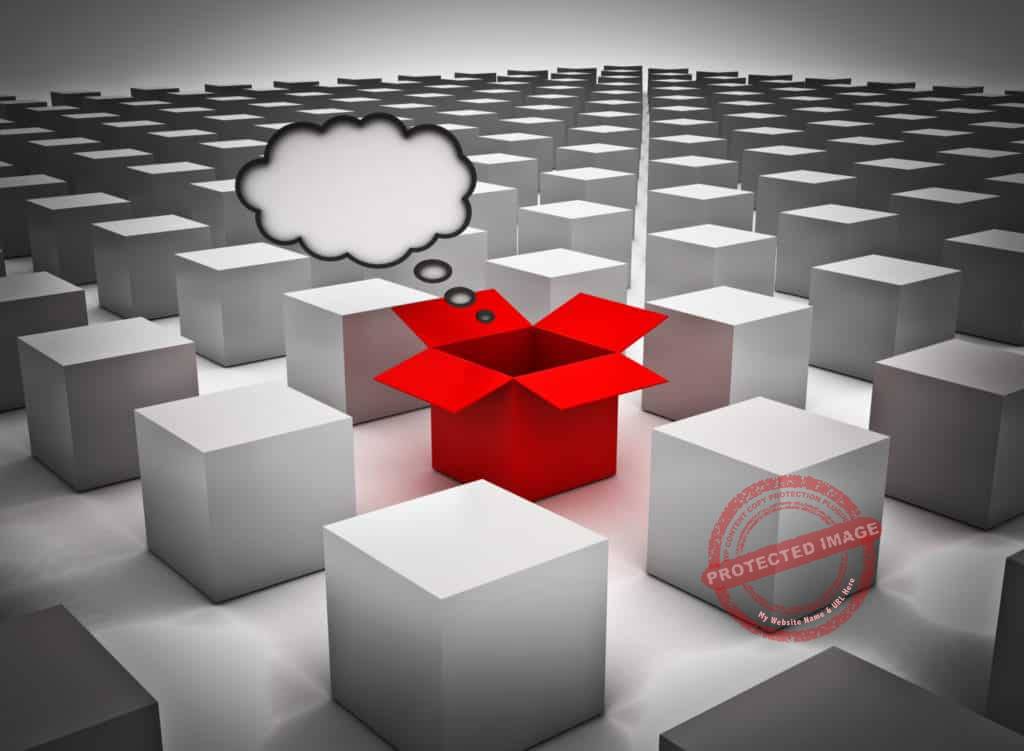
Leaders know that staying in the box is not an option.
They often find themselves asking, ‘what if?’ instead of saying ‘this is how we have always done it so we can’t change it because it worked.’
Times change and with it, industry and consumer behavior change as well.
Leaders find a way to tap into new thoughts and how to integrate these thoughts to the current scheme of things.
Communication Skills
There are a lot of components under this skill.
First is that good leaders talk positively and know how to turn a negative conversation into something promising.
Second is that they talk simply so that they can easily be understood.
The third is that they express something directly and they do so with sincerity.
Fourth, they communicate understanding, clarify confusion, and reinforce commitment.
Finally, good leaders know when to talk and when to listen.
So Now, How Do You Choose The Leaders In Your Business?
Create And Use Your Own Predictive Assessment Standard
Create a standard.
Use this standard as a objective tool in identifying people who are fit to hold key leadership roles in your organization.
This way, you’ll avoid picking people that closely resemble who you are or your ways as a business owner.
You’ll also be preventing emotions and feelings from guiding your decision-making process.
Choose Potential Over Performance
Performance is a great indicator of proficiency.
However this is only in the time frame with which it is assessed.
If you want to choose future leaders, always think within the context of ‘above and beyond.’
That is, assess an individual based on their ability beyond the performance metrics you’ve set and beyond the time as your business will surely wish to thrive in the future.
Use Coaching Skills

Your aim is to pass your business success secrets on from one employee to another.
As an individual moves ranks, they should be able to pass on the best practices of your business in a consistent manner.
The best way to go about that is to choose people who will assume a leadership position based on their ability to coach others to success.
Focus On High-investment Employees
These are people who have contributed to your business vision in a proactive way.
You can easily see who’s bringing in more to your business.
This is because their involvement is a lot different from those who merely show up for work.
Who makes the greatest contributions without being asked.
Also, take note of those who talk in the context of the future for your business.
Look Inside For Leadership Talents

Huge companies often practice labor piracy in order to create the ‘ideal’ leadership mix.
And that’s because they can afford to do so.
Most businesses know that retaining promising talents over acquiring a new one is a lot cheaper and beneficial.
Why?
Because it’s the ones who show potential and interest in taking your business to the next level that remain despite tough times.
Job Rotation For Skills Development
Some people need a little encouragement to reveal their leadership potential.
Place employees in jobs that are unfamiliar to them.
Give them the freedom to make a decision based on such unfamiliarity.
Expose them to the different facets of your business.
Those who show leadership potential are those that will grow from their experience.
Emotional Intelligence Matters
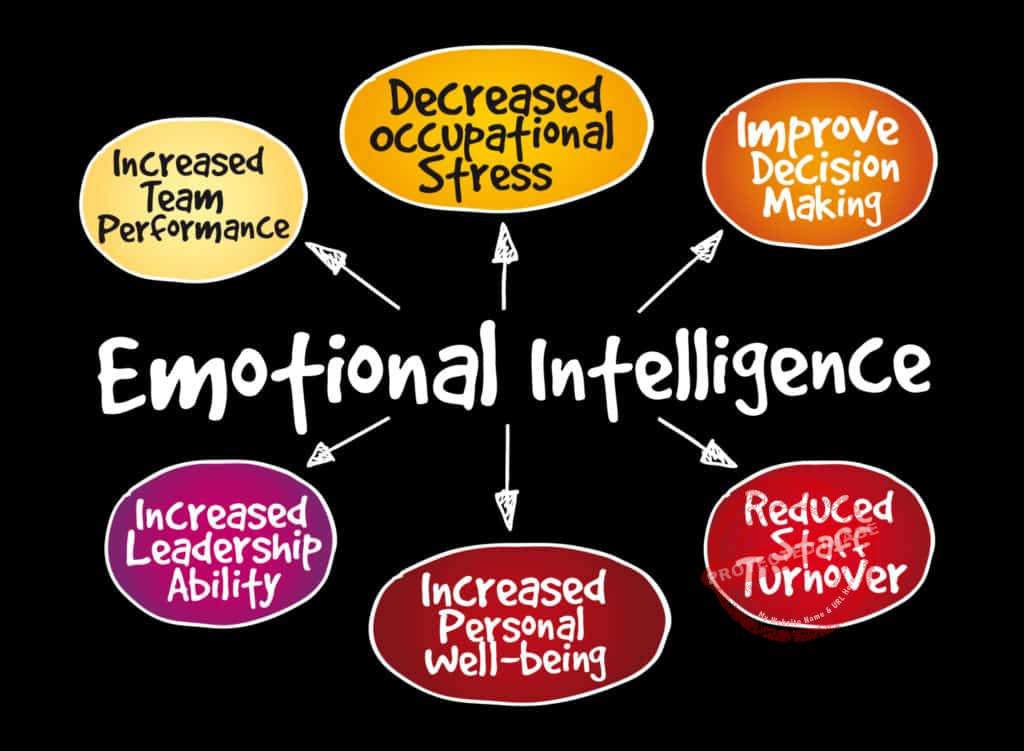
Employees who display high emotional intelligence often have the ability to clearly communicate their feelings and they do so directly.
They also have an optimistic thought process.
They acquire a high level of self-awareness and have a systematic way of assessing situations and investigating them.
Also, they have a set of motivation that does not rely on the need for approval, fame, money, or power.
Resilience Tops Them All
Of course, emotional intelligence isn’t enough.
You need such intelligence to manifest in context.
Look for people who can handle frustration or failure very well.
Their resilience tells them that if one thing doesn’t work, then there has to be another way to do it and they go on to do it.
You need resilient people because, in business, not every day is a sunny day.

It is worth noting in this introduction that it’s not enough to lay down a set of criteria and then make a selection from a list of potential leaders for your business.
That’s because you really can’t make an assessment about someone unless you place them in different contexts and watch how they behave.
This is where knowledge of the different leadership styles comes into play.
For one, leadership styles can make or break employee relations.
Two, leadership styles reveal a lot about the leader himself or herself.
What Are The Different Leadership Or Management Styles?
The Autocratic Style.
This is a very direct leadership approach.
Non compliance is subject to consequences.
The management rarely or never seeks feedback from employees, and there’s no room for collaboration.
The only advantage?
This style is useful when it comes to setting clear expectations.
The Consultative Style
Here is where management solicits for employee feedback.
However, in the end, employees do not have power over the management’s final decision.
A strongpoint to this leadership style would be that it keeps employees partially involved.
Hence, the risk of developing resentful feelings is a lot lower than the autocratic style of management.
The Persuasive Style

This involves buying employees into understanding why the management has decided to choose X over Y in their final decision.
However, depending on the approach, word choice, and delivery, it can cause alienation among employees because it’s still a one-way process.
Meaning that the management is concerned in proving why they are right.
The Democratic Style
You know how it works with a democratic form of government.
The decision-making process involves many parties.
By default, this is the recommended management style.
However, the decision-making process itself can create room for unhealthy debates.
So the risk is that ‘democracy’ can instigate misunderstanding if not moderated or managed well.
The Laissez-faire Style
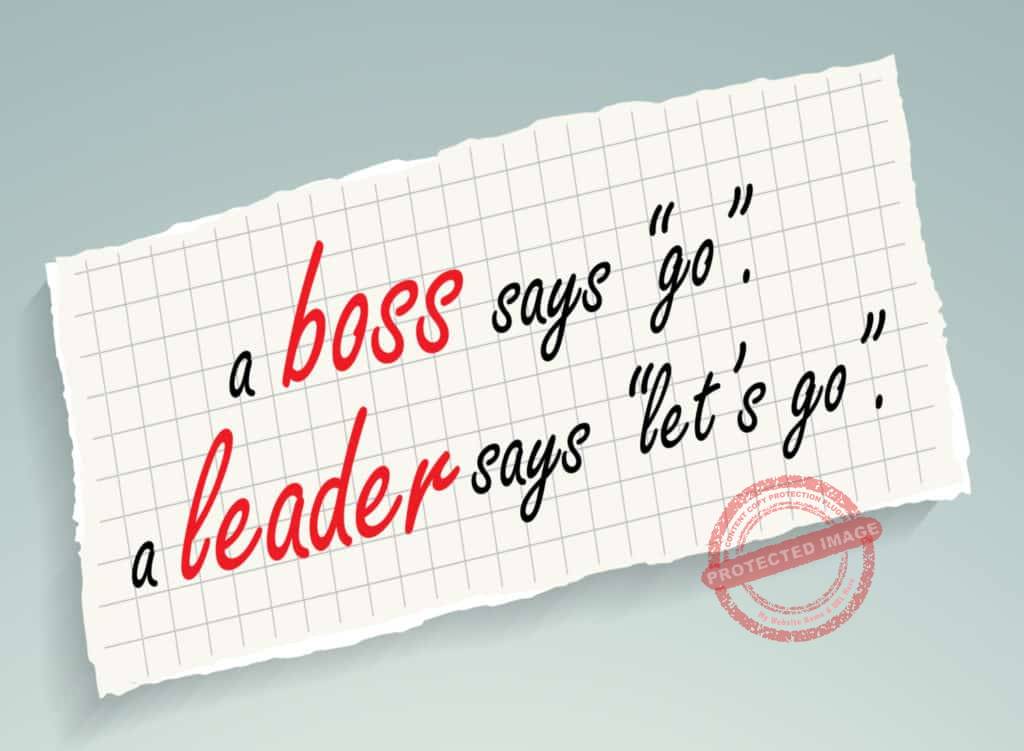
This is the exact opposite of the autocratic style in a way that the manager becomes a mentor rather than a decision-maker.
The management allows the employee to make decisions based on his or her job.
Also, the manager helps establish/evaluate the soundness of such a decision.
The drawback lies in providing too much creative space for employees to make a decision that they stray from the company’s bottom line goals.
So from the aforementioned styles under this business introduction piece, which one is the most effective?
The answer is never definite.
That’s because business owners make contextual decisions.

That is, they always want to move towards the goals of the business while making sure that employees are willing contributors to the cause.
In some situations, owners need a specific style just to keep everyone in line.
In other situations, they require a combination.
It’s all about making sure that the business moves forward without sacrificing morale.
Conclusion on Introduction to Business

A word of advice when venturing out to start your own business.
Know which foundations to build first so that you know how to position your business.
When you know how to position your business, then you know how you’ll market and advertise it.
When you market and advertise, look into the things that keep your business alive.
This is your cash flow.
Understand how it keeps your business running and what you can do in order to increase your business revenue.
As you grow your business, invest in people who possess leadership qualities.
These qualities are essential if you are to make your business an ideal workplace.
Thank you very much for reading this article.
Here’s wishing you good luck in your business endeavors and all the success you can have!
Did you learn enough from this introduction to business article?
Do remember to leave us your thoughts!


